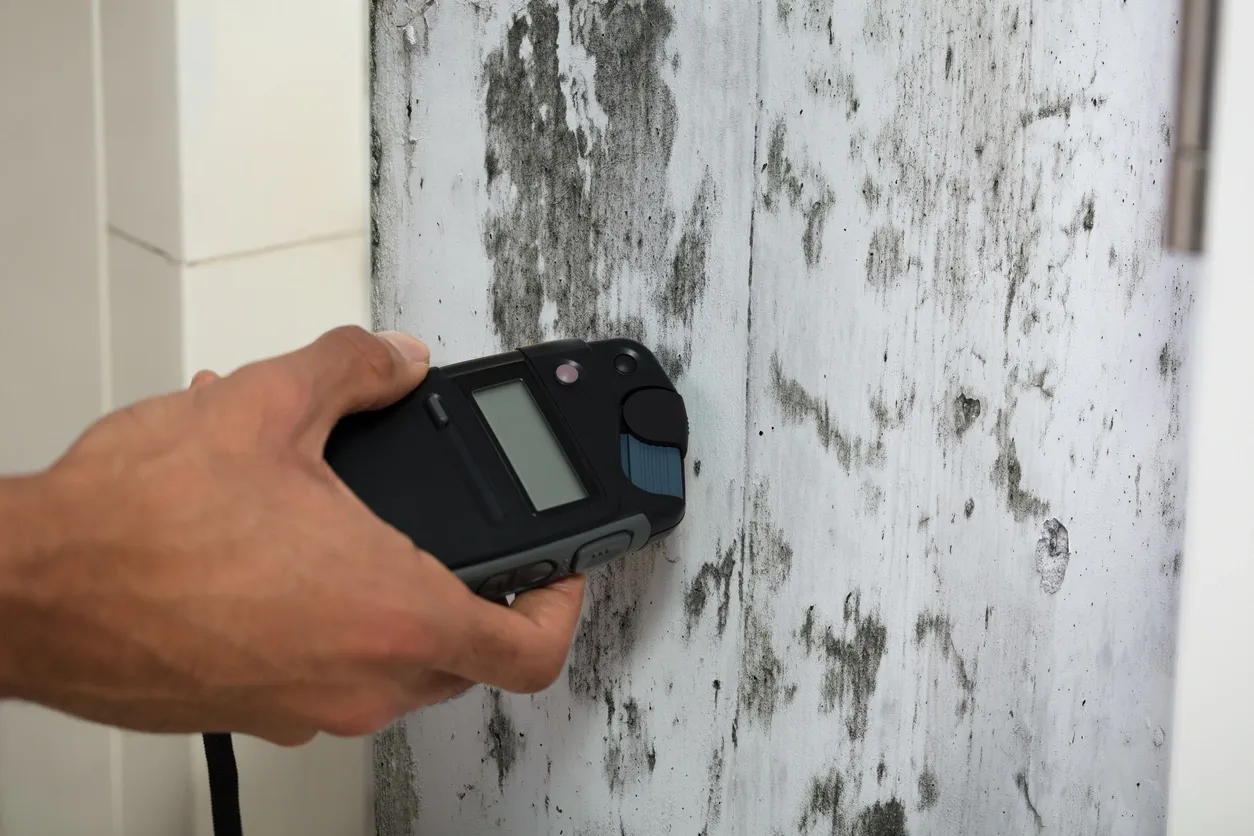Can damp make you ill?
Exposure to harmful agents inside the home can have profound effects on our health. After all, we spend a lot our time at home. This is more true for older people and the very young.
Mould accumulates in damp and poorly ventilated buildings. Inhaling mould fragments or spores can inflame the airways, causing nasal congestion, wheezing, chest tightness, coughing and throat irritation.
Prolonged exposure to high levels of indoor dampness can reduce lung function and cause chronic health problems such as asthma. Those who already suffer from asthma and allergies are more likely to have more severe symptoms when exposed.
According to the World Health Organization (WHO), a considerable proportion of the world’s 300 million cases of childhood asthma is attributable to exposure to indoor dampness and mould.
People who live in damp and mouldy homes are also at increased risk of depression which, in turn, may increase the risk of respiratory symptoms and asthma.
The most infamous type of mould is “black mould”, which can grow on water-damaged building materials and produce toxic spores. In 1994, it was linked to a serious respiratory illness after ten children experienced idiopathic pulmonary haemosiderosis (bleeding from the lung) and one subsequently died.
But despite significant media interest and public concern, a causal link was never established.
Who is at risk?
It’s commonly assumed that mould causes the health problems described above, though the evidence for this is generally weaker than for dampness itself. This may be related to the fact that scientists are still struggling to accurately measure indoor mould exposures.
The WHO estimates that in cold climates, 15% of dwellings have signs of dampness and 5% have signs of mould problems. In warm climates, the estimates are 20% for dampness and 25% for mould.
Since dampness is more likely to occur in houses that are overcrowded and lack appropriate heating, ventilation and insulation, the prevalence of damp indoor problems in low-income communities and rental accommodation can be substantially higher.
Climate change and its effects on the weather (storms, heavy rainfall and floods) are likely to further increase the proportion of buildings with damp problems.
What can you do?
In addition to visible mould, other signs of damp problems may include: mould odour, water stains, frequent condensation, peeling or cracked paint or wall paper, damp basement, and standing water under or around the house.
Nonetheless, there are several practicable measures you can take to prevent or minimise indoor mould. These include adequately heating and, in colder climates, insulating your home to reduce air humidity levels and condensation.
However, if your home is rented and there is visible damp, this can lead to mould and cause you health problems. If your Landlord is not responding to you or has refused to repair the damp then you can speak to us and see if we can help. If your complaints have gone unheard you may be eligible for compensation. We will not only MAKE your Landlord repair your home but also get you compensation.
We work on an No Win No Fee basis which means you will not be left out of pocket.
Contact us today and let us help.

